Two customer experience leaders have designed very different cultures. Both have lead to significant competitive advantage in their space, but each approach has pros and cons. Designing the right customer experience culture for your organisation will help you articulate who you are, hire the right people, and draw your customers to engage with you.
This article compares the Apple Genius Bar, a physical space to purchase and get assistance around Apple products, and Zappos’ phone, chat and email based customer support. Both are exemplars in customer service. However in implementation, they are worlds apart.
Apple Genius Bar: Design and control
The Apple Genius Bar is known for its blue-shirt wearing ‘geniuses’ whose role is to help customers navigate the world of Apple products. It is a face to face retail and support environment, filled with clean, cool, precise design and equally clean, cool and precise people. During busy retail seasons and product launches, lines can wrap around buildings. Steve Jobs, Apple’s CEO, believes his company exists to ‘create the best products’ and the Genius Bar echos his vision. Steve Jobs explains Apple’s core values in the video below.
“Marketing is about values. It’s a complicated and noisy world, and we’re not going to get a chance to get people to remember much about us. No company is. So we have to be really clear about what we want them to know about us.” – Steve Jobs
Apple’s Genius Bar is an excellent example of a tightly controlled customer experience culture. It is impeccably designed, and includes detailed rules, guidelines and training. This design is useful when standardisation and reliability are important. Although it is renowned for it’s innovation on the product side, a controlled customer experience design makes sense for a high-end technology firm like Apple, where higher price tags can make mistakes very expensive. This design and control focus informs everything from their in depth ‘genius’ training process to their precisely researched and planned customer communications.
Zappos: Engagement though autonomy
Zappos is an online shoe and clothing retailer. Under CEO Tony Hsieh, the company grew from almost no sales to more than $1 billion in annual gross merchandise sales, driven primarily by repeat customers and word of mouth. Zappos believe: “Anything worth doing is worth doing with WOW.”
WOW is such a short, simple word, but it really encompasses a lot of things. To WOW, you must differentiate yourself, which means do something a little unconventional and innovative. You must WOW (go above and beyond what's expected) in every interaction with co-workers, vendors, customers, the community, investors – with everyone. And whatever you do must have an emotional impact on the receiver. We are not an average company, our service is not average, and we don't want our people to be average.
Zappos is an excellent example of a freely designed, or autonomous, customer experience, driven by employees. The theory of holocracy was applied early in Zappos history. Holocracy is a decentralized management and organizational governance approach, which aims to distribute authority and decision-making through self-organizing teams rather than being vested in a management hierarchy. Holocracy has been criticised as a governance model, however more freedoms have worked for this mid-level online retail company, where mistakes, returns, and ‘free-range’ customer service can perhaps be more easily built into the financial model. According to Dan Pink, creating an environment with autonomy, mastery and purpose is fundamental for motivating people to do great things. Zappos success has in part been built on the freedoms of its people.
How is a culture created?
A leader’s vision tends to be the spark, however culture is also created with intentional design. Both Steve Jobs and Tony Hsieh set up clear values and supported how those were enacted inside each organisation. Culture is created through the unspoken messages people receive about what is valued. It includes behaviours, systems and symbols inside the organisation. Let’s look at how Apple and Zappos approach these differently.
Behaviours
Behaviours can include what is role-modeled (for example by the CEO), how we run meetings, how we chat or write emails, and how we interact with others.
Zappos very publicly celebrates a record breaking 10 hour and 51 minute customer service call. Clearly, empathy and engagement are modeled. Tight customer call times are not.
My husband, back when he used to own Apple products, told me about how he once walked into the Apple Genius Bar for an iPhone service. He was 3 minutes early for his appointment. He let the attendant know he had arrived. The person he had a booking with was standing by the desk. He was not helping anyone else. He stood there for the full 3 minutes, and exactly on time, he walked over to my husband and inquired how he might assist. I can’t imagine this still happens, however it shows behaviour that results from very tight guidelines around customer engagement.
Systems
Systems can include what we reward, how we report and measure activities, and how we learn as a group. Systems also include the technology we use and ways we engage with customers.
Apple’s systems are reported to be rather amazingly outlined in it’s Genius Training Student Workbook. It is comprehensive in its approach, from technical details on products, to how to best empathise to achieve sales. According to Sam Biddle at Gizmodo, geniuses are taught to employ the "Three Fs: Feel, Felt, and Found. This works especially well when the customer is mistaken or has bad information."
For example:
Customer: This Mac is just too expensive.
Genius: I can see how you'd feel this way. I felt the price was a little high, but I found it's a real value because of all the built-in software and capabilities.
Biddle believes: “The maneuver is brilliant. The Genius has switched places with the customer. He is she and she is he, and maybe that laptop isn't too expensive after all. He Found it wasn't, at least.” The level of control employed by Apple’s Training Manual gives all employees standard approaches, that are well researched and tested and close to fool-proof to employ. It is a scientific approach that certainly works.
An ex-Apple retail manager, doing a QA on Reddit, supported their need for a tightly designed customer experience: “The proper thing is to follow guidelines because it prevents customers from having a bad taste in their mouth. When we make exceptions, it's bad customer service and my store stayed away from this.” The ever present lines outside Apple Genius Bars attest to them being appealing places to visit.
In contrast at Zappos, customer service staff are specially trained to make sound decisions on their own by taking ownership of each call’s experience, and any adverse issues the customer expresses. Creativity and imaginative solutions for customers are rewarded inside the system. But there is no playbook or script. The company enables its representatives to adjust to the needs of customers by giving them management level decision-making power. Roz Searcy, a Zappos employee, is a great example of how engaging this strategy can be. Roz and many other employees rave about working at Zappos, articulating a sense of empowerment and ownership. The approach also results in some of America’s ‘happiest employee’ awards and reviews. But for many companies, the risk of employees getting it wrong is too high.
Symbols
Symbols can include how budgets are allocated, how time is spent, how promotions are awarded. It includes offices, car parks, and titles.
One of the most renowned (and most ridiculed in popular television series The Big Bang Theory) customer service representative titles in customer service is the Apple ‘Genius’. According to an ex-Apple store employee on Quora: “The title was misinterpreted by the ‘genius’ themselves. For example, they thought of themselves highly even though they worked in a service based industry.”
Another ex-Apple Manager said: “I once circulated among our genius staff a definition of a genius by Seth Godin. Have to say it didn't sit well. It was equally amazing to experience the affect titles have on people! Especially when they take themselves seriously.”
In contrast, one of Zappos’ core values is to be humble. The video of Tony Hsieh below outlines how Zappos hires for this trait. He describes how most potential new recruits come onto the Zappos complex in Las Vegas by shuttle bus. After a long day of tours and interviews, the recruiters always circle back to the shuttle bus driver and asks: “How well were you treated by the interviewee?”
One of Zappos interview questions are: “On a scale of 1 to 10, how weird are you?” By asking this question, they are recognising and celebrating each person’s individuality, and acknowledging that everyone is a little bit weird. It is a charming way of encouraging inclusivity in a culture.
How do employees rate these two approaches?
Both Apple’s and Zappos’ success is clear when assessed on revenue and customer ratings. However what about their employees? We looked at the research from Glassdoor.
Apple has 4.3 stars out of 5 from over 22,000 employee reviews. Reviews cite great people and benefits as pros. Cons are around long retail hours becoming untenable over time for customer service people.
Zappos has 4.1 stars out of 5 from around 400 employee reviews. Reviews cite an innovative, people focused culture, however the holacracy cited isn’t always apparent from the employees perspective.
So, is freedom or control better?
Both are clearly successful customer experience cultures and are integral to the company strategy. The important thing is to determine what would work best for your values.
Companies need both reliability and adaptability. To be effective on the job, people must have a stable working environment, access to critical resources, and clear goals and responsibilities. But they must also have leeway to adapt to changing conditions and make the right decisions in the moment.
HBR 2016
Create a culture that is clear to everyone, from your employees to your customers. The customer culture that is right for you will show everyone who you are, what you stand for, and what they can expect.
Sarah Daly is fascinated with how people impact commercial success. She is undertaking a PhD at the Queensland University of Technology investigating the role of trust in the adoption and diffusion of AI based innovation. She is also the Operations Director of CapFeather, a customer strategy and innovation consulting firm.

